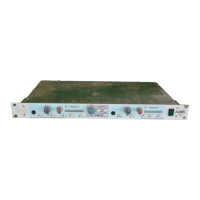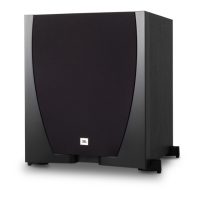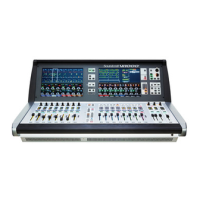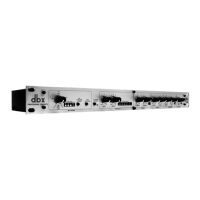Consider both signals arriving from the front/left area. These arrive at both the cardioid and
figure of eight capsules and are in phase with each other. Adding them together will produce
a signal level increase.
Now consider both signals arriving from the front-right area. These also arrive at both the
cardioid and figure of eight capsules but are out of phase with each other. Adding them
together will produce a signal level decrease. However, if we subtract the two signals,
anything arriving from the front/right will be enhanced and signals from the
front/left reduced.
The two outputs, after M-S decoding, can therefore be considered similar to what an
angled pair of coincident cardioid microphones would produce, facing front/left and
front/right respectively.
The output from the front facing cardioid microphone can therefore be seen as being an
"M" signal and that from the figure of eight, an "S" signal. Commercially made M-S
microphones have output levels designed so that equal mic amp gain applied to the M and S
paths produce correct left/right decoding.
M-S signals were obtained by adding and subtracting left and right signals. Let’s do some
more maths:
M (sum)=L+R
and
S (difference)=L-R
By adding them together we get:
M+S=L+L+R-R
In audio terms, the L signal comes out at increased level and the right signal is cancelled.
Subtracting the two equations gives:
M-S=L-L+R-(-R)
In audio terms, the R signal comes out at increased level and the left signal is cancelled.
Converting M-S to L-R
M-S Operation
18

